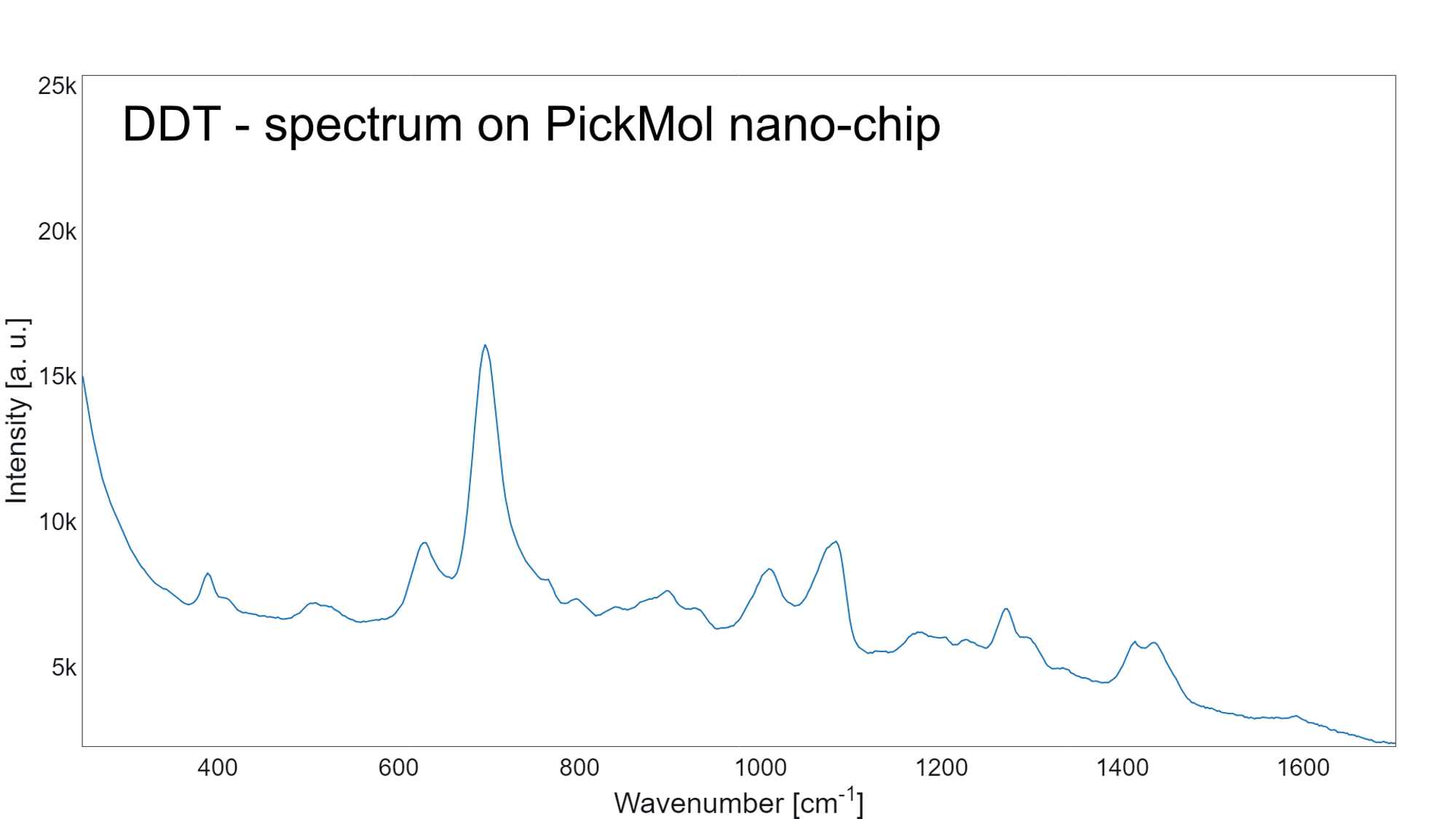Molecular Database
4,4´-DDT
MW = 354.49 g/mol
CAS Number: 50-29-3
Use and production
DDT (1,1,1-Trichloro-2,2-bis(4-chlorophenyl)ethane, 1,1-Bis(4-chlorophenyl)-2,2,2-trichloroethane) was widely used during World War II to protect soldiers and civilians from malaria, typhus, and other diseases spread by insects. After the war, DDT continued to be used to control disease, and it was sprayed on a variety of agricultural crops, especially cotton. DDT continues to be applied against mosquitoes in several countries to control malaria. Its stability, its persistence (as much as 50% can remain in the soil 10-15 years after application), and its widespread use have meant that DDT residues can be found everywhere; residual DDT has even been detected in the Arctic.
Toxicity and POPs characteristics of DDT
DDT is listed under Annex B in the Stockholm convention with acceptable purpose for disease vector control.
Perhaps the best known toxic effect of DDT is egg-shell thinning among birds, especially birds of prey. Its impact on bird populations led to bans in many countries during the 1970s. Although its use had been banned in many countries, it has been detected in food from all over the world. Although residues in domestic animals have declined steadily over the last two decades, food-borne DDT remains the greatest source of exposure for the general population. The short-term acute effects of DDT on humans are limited, but long-term exposures have been associated with chronic health effects. DDT has been detected in breast milk, raising serious concerns about infant health.



